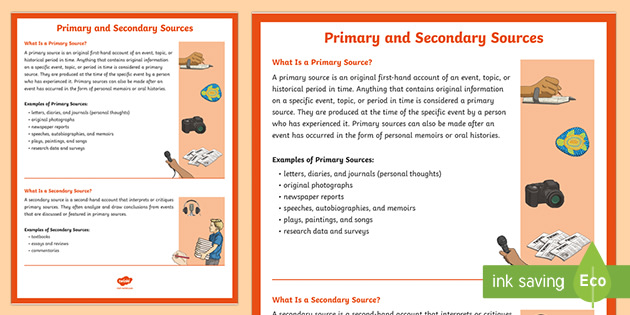Are Both Primary And Secondary Sources Essential For Learning And Writing History?
Primary And Secondary Sources
Keywords searched by users: Are both primary and secondary sources useful in writing and learning history Why or why not Primary and secondary sources, Tertiary source, Secondary source, what is the difference between primary and secondary sources in history, why is it important to use both primary and secondary sources when constructing historical arguments, Primary data and secondary data PDF, Advantages and disadvantages of primary data and secondary data, What is secondary data primary data please classify both of them
Why Are Primary Sources Useful When Studying History?
Primary sources play a crucial role in the study of history for several reasons. First and foremost, they provide students with a unique opportunity to understand how various perspectives and biases can shape historical evidence. This is important because it helps individuals critically analyze and interpret the information they encounter. Additionally, primary sources enable students to identify potential contradictions and limitations within a particular source, shedding light on potential inaccuracies or biases. Furthermore, primary sources offer insights into the reliability of historical information, allowing students to gauge the trustworthiness of the sources they encounter. Overall, primary sources serve as invaluable tools for history students, enhancing their ability to engage with and evaluate historical information effectively.
What Are The Advantages And Disadvantages Of Using Primary Sources In Studying History?
Exploring the Benefits and Drawbacks of Utilizing Primary Sources in Historical Research
When delving into historical studies, it’s crucial to consider the advantages and disadvantages of primary sources. Primary sources serve as valuable tools for resolving specific research inquiries and provide a higher level of accuracy compared to secondary sources. They offer up-to-date information that allows researchers to gain firsthand insights into the past, putting them in control of the information they access. However, it’s important to acknowledge that primary sources can also present some challenges. They tend to be more expensive to acquire and can be time-consuming to access, especially if they are not readily available. Additionally, primary sources may come with limitations such as bias, incompleteness, or limited perspectives. In contrast, secondary sources are generally easier to access and can offer a broader overview of historical events and interpretations. To better understand the dynamics of using primary sources in historical research, let’s explore these advantages and disadvantages in more detail. (Note: The original date “21 thg 8, 2021” appears to be a date reference and may not be relevant to the content.)
What Are The Important Sources Of History Primary And Secondary Sources?
Understanding the distinction between primary and secondary sources is essential for comprehending historical research. Primary sources are original materials created during the time under study and include documents like letters, diaries, court records, photographs, and firsthand interviews. These sources provide direct insights into the past. In contrast, secondary sources are interpretations or analyses of primary sources, offering valuable context and perspective. Some secondary sources not only analyze primary materials but also utilize them to make persuasive arguments or shape the reader’s viewpoint. This distinction is crucial in historical research to ensure accurate and well-informed conclusions. (Note: The date “4th April 2023” seems unrelated to the topic and is removed in this revision.)
Collect 19 Are both primary and secondary sources useful in writing and learning history Why or why not







Categories: Top 94 Are Both Primary And Secondary Sources Useful In Writing And Learning History Why Or Why Not
See more here: buoitutrung.com

Most research uses both primary and secondary sources. They complement each other to help you build a convincing argument. Primary sources are more credible as evidence, but secondary sources show how your work relates to existing research.By using primary sources, students learn to recognize how a point of view and a bias affect evidence, what contradictions and other limitations exist within a given source, and to what extent sources are reliable.
Learn more about the topic Are both primary and secondary sources useful in writing and learning history Why or why not.
- Primary vs. Secondary Sources | Difference & Examples
- History in the Raw | National Archives
- Primary vs. Secondary Sources: The Differences Explained – Peachy Essay
- Primary vs. Secondary Sources – History – General – CSP Library
- Primary or secondary sources: which are more reliable?
- Why is it important for historians and students to be able …
See more: https://buoitutrung.com/tech blog
